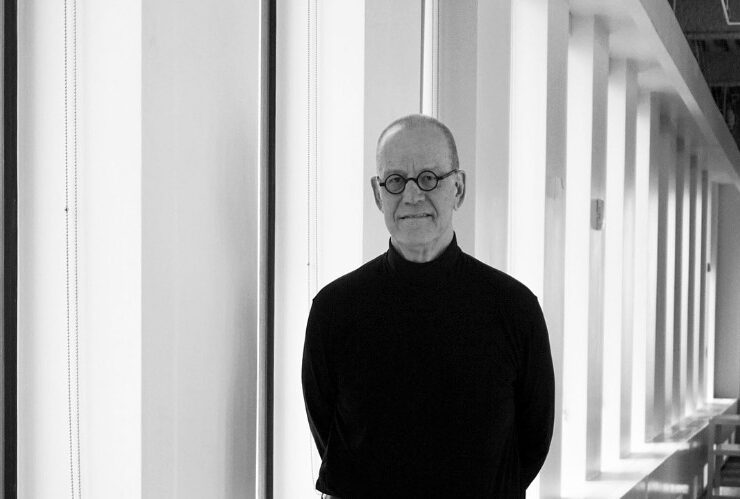“In 1973, I was an urban design student at Washington University in St. Louis. At the time I was interested in the emergence of truly mixed use developments as a progressive model for the future of city life. There weren’t a lot of projects of that type taking place in the U.S. — Rockefeller Center in New York, the Galleria in Houston and Colony Square in Atlanta were notable ones that time. I was taking my architectural exam in Florida at the time and passed through Atlanta to get to the University of Florida where the exam was offered. I made a point to stop in Atlanta to see Colony Square. I visited Jim Cushman’s office and toured the project which was still under construction. That was my first encounter with the project.
Colony Square was recognized to be important architecturally and as a pioneering urban mixed-use development. Today it is important as being historically significant as a mid-century modern complex and thus worthy of preservation. It was important for its bold gesture to be a catalyst for urban redevelopment. Midtown was very economically depressed at the time. The mixture of residential, hotel, retail and office uses was then and is even more so today the model for efficient and invigorated urban live/work/play environments.
Colony Square was and is exceptional in is use of concrete as a unifying material manipulated by its architect, Henry Jova, to produce distinctive qualities for each use in the complex.
When my wife and I moved to Atlanta in 1981 and settled for 15 years in Gainesville, Ga, we bought a unit at Colony House as our urban getaway. When Atlantan’s were going to the mountains we were coming to the city and Colony Square. We moved here permanently in 1995 (and recently moved next door to Hanover House). We were excited about the quality of Colony Square’s architectural design, its mix of uses and its proximity to the arts district and MARTA. I heard someone describe good architecture as a ‘complete thought’ and that term characterizes well Jova’s design for Colony Square. I can come down from my unit, go to the bank, grab dinner, go to the post office, pick up my dry cleaning and do so much more without ever getting in a car. I never hear or need to hear the traffic report. In addition, wonderful people live here.
Colony Square is the heart of Midtown. If you look at the intersection of 14th and Peachtree St. you will see that the off the grid siting of Colony Square influenced the siting of the buildings surrounding it. As we look forward to the future of Colony Square, what is important is how can modifications to the complex respect and creatively draw from Henry Jova’s “complete thought” and sustain a vibrant mixed use lifestyle into the future.
I am less concerned about the need for architectural change than the development of a creative and sustainable tenant mix that is supportive of and appropriate for a live/work/play environmental.
If I had one inspirational advice to give it would be ‘good architecture is a complete thought. Colony Square was just that.'” Colony Square’s historically significant mid-century character possesses much to inspire the design of modifications that can link the past with the future that can be a rich, unique and successful model for urban living.”

